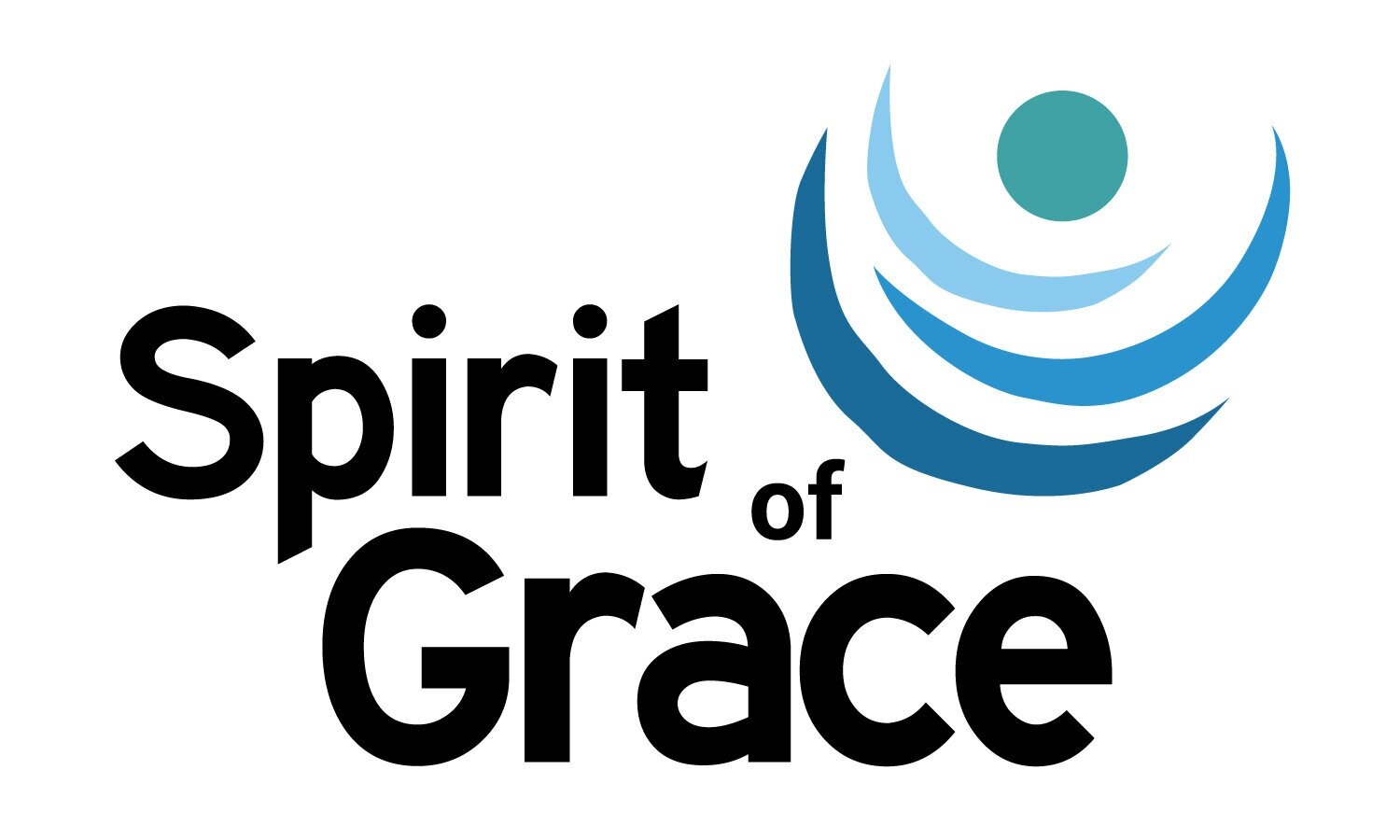By Bonnie Owens
The readings for this week are more somber than most of the other readings. We are reading about the wrongs brought upon Indigenous people and the myths that have sustained belief in the stories that have been told by the white people.
These readings made me think about my Irish ancestry. I have heard many stories about wrongs against certain Irish people, stories of wars over the centuries among the Irish, the great famine which resulted in many Irish people dying of starvation and many others leaving their homeland to come to America where they encountered much hatred and bigotry.
The Famine Memorial, Dublin, Ireland
I know Ireland has started telling the truth about some of its Black history as America has about its historical treatment of Indigenous people. I ask you to reflect on your ancestral home and see if you know of repression, killing, and hatred as part of its history.
What has occurred in the past cannot be undone but in America we can make restitution in many ways to the native inhabitants of the land we call America, called Turtle Island by early Indigenous peoples.
In taking over the land from the Indigenous people, we have also spoiled it in severe ways. Instead of learning how to live with the land as the Indigenous people do, we have lived as superior to the land all creatures. This has had severe consequences, which we are barely or not at all facing. How we, in our westerner ways, are managing waterways, land, and the air around is destroying our environment.
So how do we now make restitution? The reading from our Lenten devotion booklet, A Grounded Faith, for Sunday is about living with nature. I think we must first learn how to live with nature ourselves before we understand how to make restitution.
The story of the milkweed and the butterfly by Joshua Grace is a lovely way to think of how integrated all nature and creation is. Joshua is a Polish-Irish-American street artist, intercultural learner and educator, and a board member of Eloheh. Here’s an excerpt:
I observed the milkweed plants coming up as shoots in the early spring before they sprouted their iconic leaves and seed pods. Their presence means an available food supply for the monarch larvae…The east coast migration of monarch butterflies typically takes four generations to travel from Mexico to Canada and back. Three generations to get north, each living only a few weeks and dying after laying their eggs. The fourth generation lives longer and needs to in order to make the long journey back south to lay their eggs. Then the next generation starts their northward trajectory…the Creator gives us these gifts, and they can teach us about the relatedness of all things. When we take in the beauty of a single monarch butterfly and its intricate patterns and colors, we get a glimpse of the deep inherent intelligence that these creatures carry across generations.”
Action:
Watch the Facebook interview of Joshua Grace by Randy Woodley on March 30 at 5 p.m. (or watch the recording later).
What can you find in nature this week that shows interconnectedness? Can this observation move you to let go of something that is an individualistic action or behavior?





